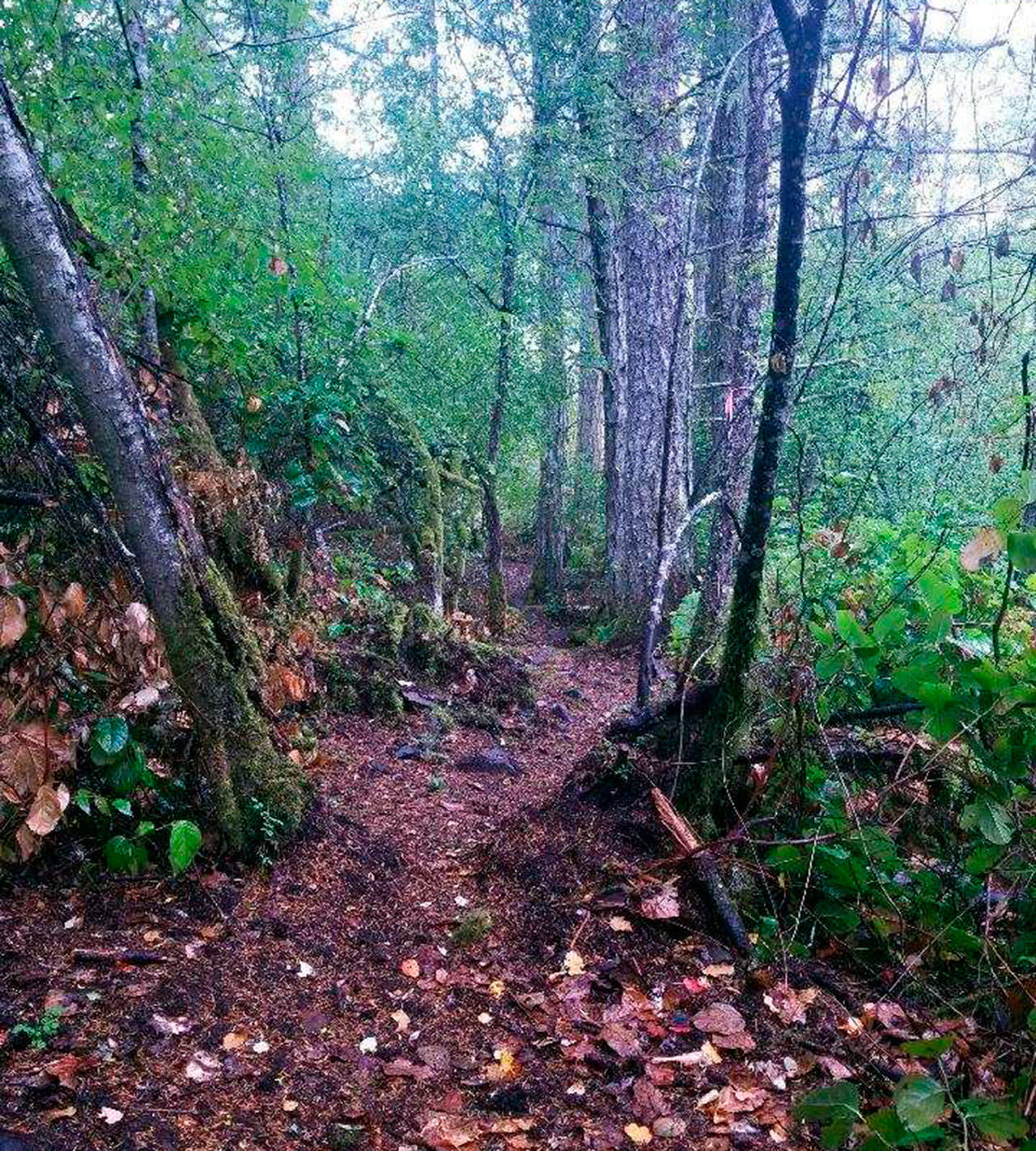When Rosa Blair noticed that 33 acres near her San Juan Island home were for sale, she decided to take conserving the land into her own hands.
She and about nine other initial donors put $50,000 down to secure the area last March.
“A group of us wanted to preserve this piece of property in a way that was owned by and for the community,” said Blair.
The land, now a nonprofit called Ihiya Biological Reserve, is part of a growing trend across the country, where citizens are purchasing land through private donations to conserve and share with the public.
In 2016, the National Land Trust Census reported that 56 million U.S. acres are conserved by private nonprofits, which, the report states, is double the size of national parks.
Ihiya borders the Trout Lake Watershed off of Prohaska Road, and, according to Blair, is one of the last available areas for preservation containing the Trout Lake Branch of False Bay Creek. The undeveloped land is home to the creek, wetlands and fields and is surrounded by such trees as alder, willows and dogwood.
Ihiya has been a familiar spot for Blair, who often wandered onto the property and napped in the fields as a young girl after her family built a house nearby.
“[The land] has this really nice energy about it that everybody that goes on it really enjoys,” she said. “It provides just a really nice variety of places to walk in, and it’s quite abundant in all its bird-life and animals.”
To pay off the $300,000 purchase, the organization owes roughly $1,700 monthly payments for the next five years then a balloon payment of $200,000. While the biological reserve works with other organizations to receive grants, it mainly runs on private donations.
“Because we are owned by donors … and run by a board, it gives a lot of ability for people to claim ownership of it, and participate and feel like it’s theirs,” said Blair. “It’s really special so far.”
That participation includes volunteers donating their time and supplies to create amenities like a trail to the main field and a roughly four-car gravel parking lot, as well as signs to add in the upcoming months.
The board also hopes to teach local students about the ecosystem, as well as both adults and kids about wild plant medicine.
Just a half mile down Wold Road volunteers are looking to connect Ihiya’s trail to those on King Sisters Preserve, then Mount Grant and Zylstra Lake, which are owned by the public San Juan County Land Bank.
On the islands, both public and private organizations often work together to conserve land. The county has a nonmotorized transportation plan that guides how staff can collaborate with other agencies to connect county trails together, as well as to those built by other organizations.
According to the plan, more than 6,000 acres of San Juan County are owned by the land bank and about a little over half of that is public. Another 315 acres are reserved for county parks and fairgrounds, and Washington State Parks staff operate 5,300 acres.
The private, nonprofit San Juan Preservation Trust reports that it conserves 18,000 acres, mostly in San Juan County. The majority of the properties aren’t owned by the trust, but private landowners who request a conservation easement to keep land undeveloped.
According to the trust’s Craig Canine, the organization has teamed up with the land bank to purchase large properties that neither could afford on their own, including Zylstra Lake, where the trust holds a conservation easement.
That strength of working together, said Blair, is literally what Ihiya is all about. Ihiya, she explained, is a Cherokee word for reed, which are the tall, thin plants that grow by wetlands, like on the property.
“They have this saying in Cherokee that you can’t break a bundle of reeds,” she said, “meaning we are stronger together in community.”



